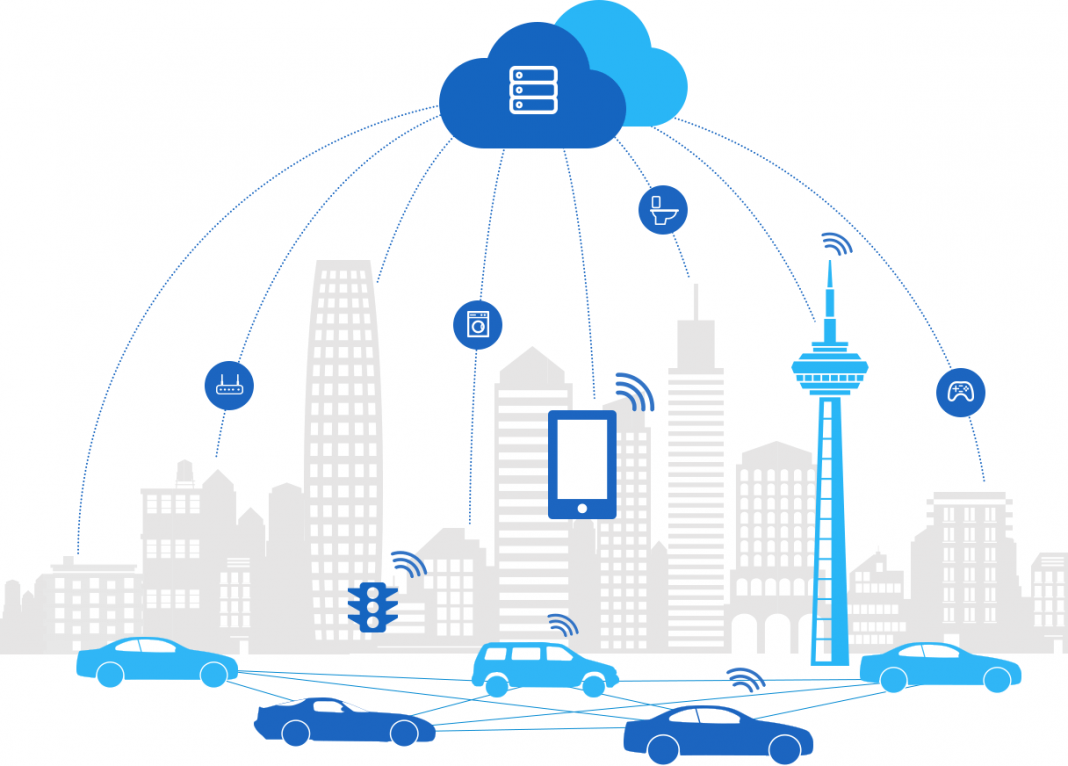To keep track of its vehicles, the Virginia Office of Emergency Medical Services has deployed fleet management software. The agency can now manage essential operations from any place thanks to cloud-based technology.
To better manage its vehicle fleet, the Virginia Office of Emergency Medical Services (VOEMS) is utilizing cloud-based telematics technology.
Virginia isn’t the first state to use technology for fleet management, and while some experts worry that COVID-19 will slow progress in this area, others argue that the pandemic has aided organizations in preparing for the shift, allowing them to support operations as they make the transition to remote work.
Prior to the onset of the pandemic, VOEMS Fleet and Logistics Administrator Frank Cheatham said the agency used CalAmp cloud-based telematics software to reduce the amount of manual reporting that field workers had to deal with.
A location managing unit (LMU) is installed in a car, allowing it to link with GPS satellites and transfer data in real-time to the cloud, according to Bill Westerman, vice president of product management at CalAmp. It takes data from the vehicle, which is then processed and consolidated before being sent to the cloud for reporting over the cellular network.
Prior to the use of the technology, the agency relied on drivers to manually provide information such as gas receipts. They had to keep track of vehicle data like mileage every time they stopped, which was a time-consuming operation.
Cheatham may now pull monthly reports from the system using a laptop, phone, or other Internet-connected devices. He has access to information such as a vehicle’s position, battery voltage, and siren usage. He explained that the location-tracking feature would only be activated if there was a problem or a complaint.
The system, according to Westerman, is not intended to be used to punish employees who disobey the regulations, but rather to serve as a signal of when a driver requires extra training. In the event that a member of the public files a complaint, he claims that the system protects drivers and government agencies.
The approach, in addition to boosting public accountability, might also protect drivers by establishing documentation of where the driver and vehicle were at the time of a reported incident, according to Cheatham. Devices that connect to the engine port can detect things like problem codes, allowing for earlier vehicle service.
Devices that connect to the engine port can detect things like problem codes, allowing for earlier vehicle service. The technology also allowed fleet management to be managed from anywhere, which is a useful feature in an age when even government employees are required to work remotely.
According to Cheatham, the COVID-19 epidemic and travel limitations resulted in a major decrease in fleet use, however, cars had to be available when needed. Westerman reasoned that knowing which cars are being utilized the most, or not at all, allows managers to make data-driven decisions about maintenance and future purchases.
“I think another [component of this technology] is to have a demonstration that you’re being a good steward of taxpayer money,” Westerman said. “And if you have a fleet without any kind of telematics system, you’re not getting the most effective use of that asset.”













